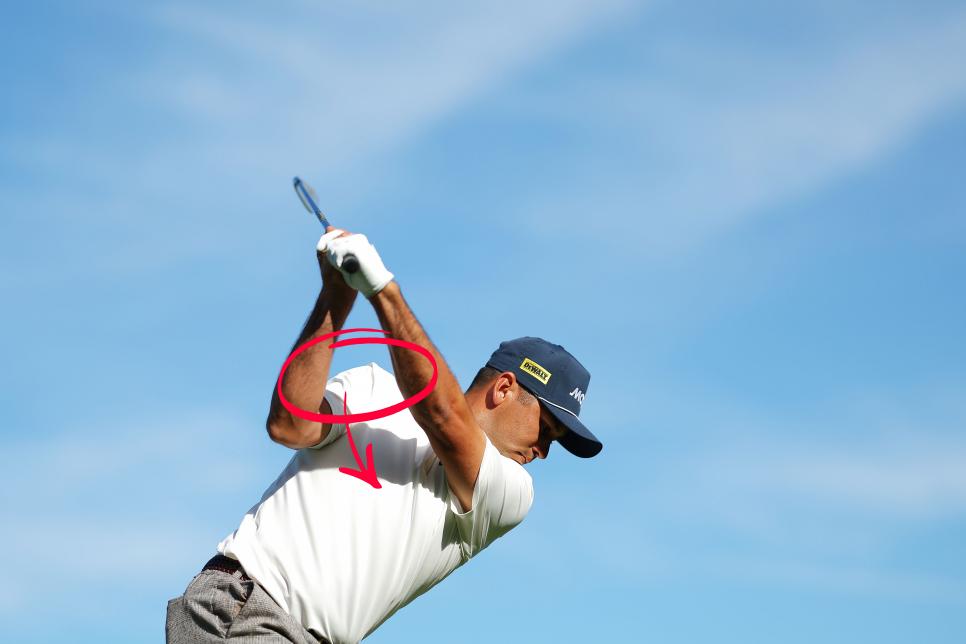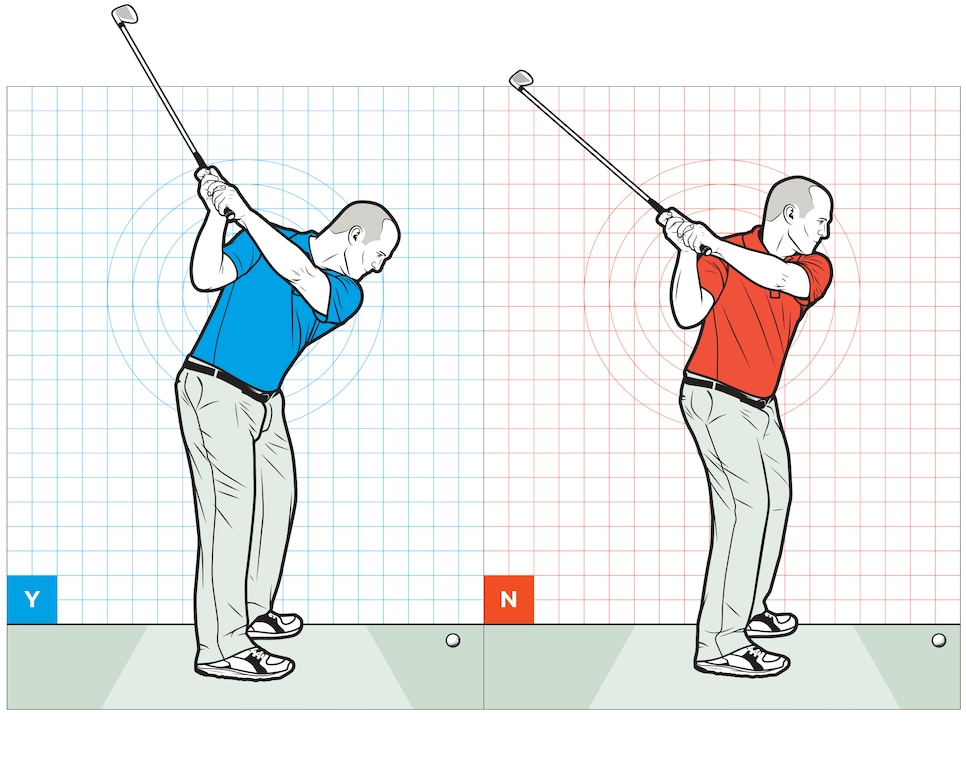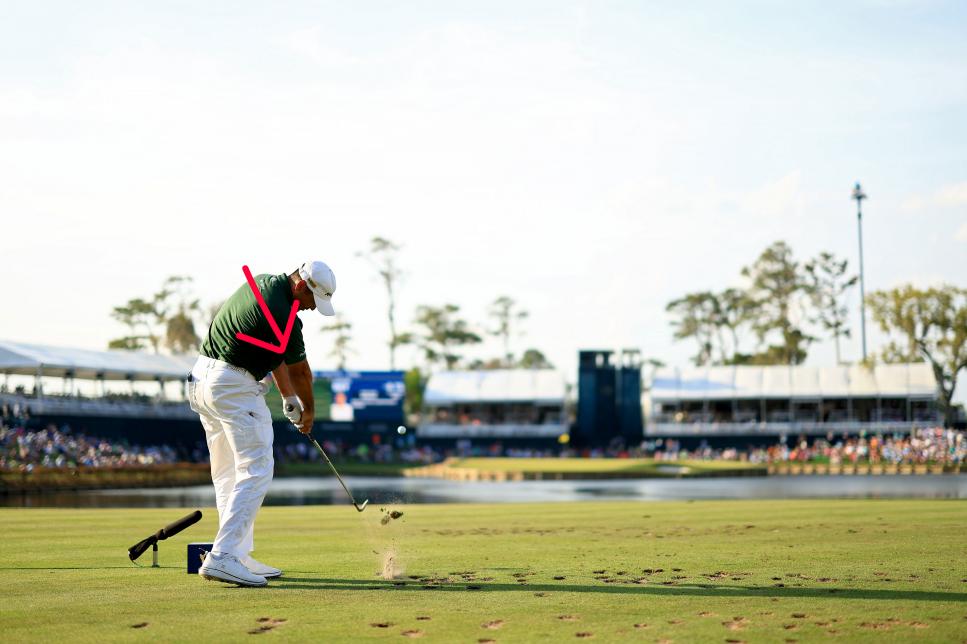Last year at his Masters pre-tournament press conference, Jason Day confessed that he has 8,000 golf swing videos on his phone. When asked what he was working on, he proceeded to list seven highly technical thoughts he was focused on. A year later, it seems not much has changed.
Last weekend, Golf Digest’s Luke Kerr-Dineen noticed that Day was working hard on his swing at the practice area at Augusta National in preparation for his 13th Masters. On Tuesday, Kerr-Dineen asked Day what he was grinding on.
“Do you have all day?” Day answered. In the past few years with the help of one of Golf Digest’s Best Teachers in America, Chris Como, Day has completely revamped the golf swing that had been giving him back issues.
Masters 2024: Cam Smith sledges ‘old rubber bones’ Adam Scott, praises his majors streak
The changes are numerous, but the most significant change has been to increase his backswing hip turn by straightening his trail knee more on the way back, which allows him to approach the ball with a shallower angle of attack. From there, Day can rotate more aggressively, all without putting strain on his lower back.
For the most part, the changes have been incredibly successful. Day snapped a five-year winless streak last May at the AT&T Byron Nelson and finished runner-up at The Open. So far this season, Day has three top-10s but has yet to play with the sort of form he expects of himself.
Hence, the Augusta National grind session. Day continued:
“Essentially, I was battling a two-way miss, with my shoulders getting a little bit too horizontal or parallel to the ground,” he said. “Once I start to rotate my shoulders are kind of level to the ground, my arms go away from my body, and I kind of dump it in the turf, and I get a right and a left [miss].”

What Day is working on is something many amateur golfers also struggle with: shoulder tilt. Given that we are in a bent-over position at address, our shoulders should be rotating perpendicular to that spine angle. For right-handers, the left shoulder should be working down in the backswing, and the right shoulder should be working underneath on the downswing.
The problem is that it often feels comfortable to turn more level, or parallel, to the ground. In fact, a GolfTEC study a few years back found that while pros average 36 degrees of downward shoulder tilt at the top of the backswing, high-handicappers have only about 29.6 degrees.

One of the main issues with turning too level, especially in transition and the downswing, is that it throws the arms over the top. As one of Golf Digest’s top teachers Michael Breed describes, the feeling most of us should have in the downswing is the trail shoulder working down. That will get your club path coming more from the inside. The trail shoulder moving too level in the downswing causes creates an out-to-in path and slices and pulls.
This is the issue Day is describing. “When I try and hit a draw and I miss it right, I don’t want to do that, so then I get the pull-hook left,” he said. “I’m just trying to stay better in the spine angle but get a little more pitch through my shoulders. That way my right arm can go under my body a little better.”

That last line is the key here. For those of us who are struggling to stay in our spine angles on the way down, try this feel from Day. Remember, the golf swing is on an inclined plane; we’re not trying to turn level to the ground. Get that right arm and shoulder working a little more down in transition, and you’ll start coming more from the inside and hitting draws.



